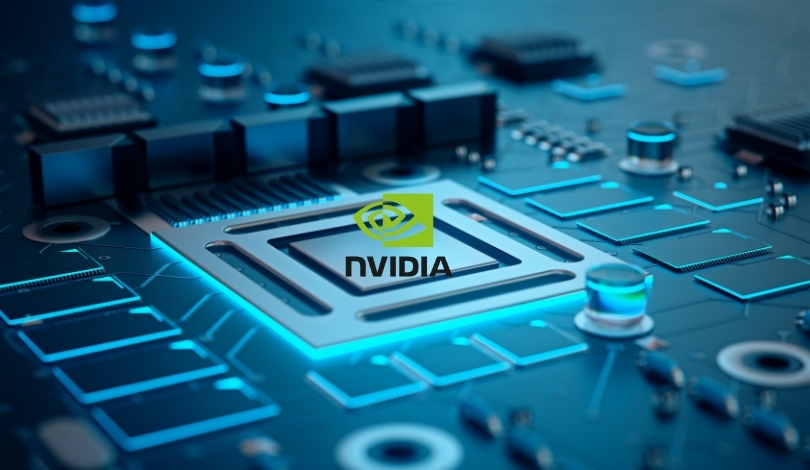The rapid growth of Nvidia in the artificial intelligence (AI) sector has raised significant antitrust concerns. The company’s dominance is evident through its substantial market share and influence over AI hardware and software developments. This scenario has sparked discussions about potential regulatory actions and their implications for the wider tech industry.
Previously published reports have highlighted Nvidia’s strategic moves to solidify its position in the AI landscape. These include acquisitions and partnerships that have bolstered its capabilities. Recent conversations have expanded on these foundations, emphasizing the potential anti-competitive outcomes. The company’s influence extends beyond just hardware, touching on crucial software arenas that are integral to AI innovation.
AI Market Dynamics
Nvidia’s stronghold in AI extends to its strategic partnerships and collaborations, which help shape the future of personal computing. The company’s products, such as the Nvidia DGX SuperPOD, continue to lead the market, further entrenching its position. These developments are central to the current debates on market fairness and competition.
Potential Regulatory Actions
Regulators are carefully examining Nvidia’s expansive influence to ensure fair market practices. The discussions on whether the company’s actions stifle competition are gaining momentum. Antitrust considerations are particularly focused on Nvidia’s capacity to leverage its market power to set industry standards and potentially limit opportunities for other players.
The overall sentiment in the tech industry is mixed, with some advocating for regulatory intervention to maintain a balanced competitive landscape, while others argue that Nvidia’s advancements drive innovation. These contrasting views underscore the complexities involved in addressing market dominance in rapidly evolving sectors like AI. Stakeholders are closely monitoring regulatory developments and their potential impact on the AI ecosystem and future technological progress.










